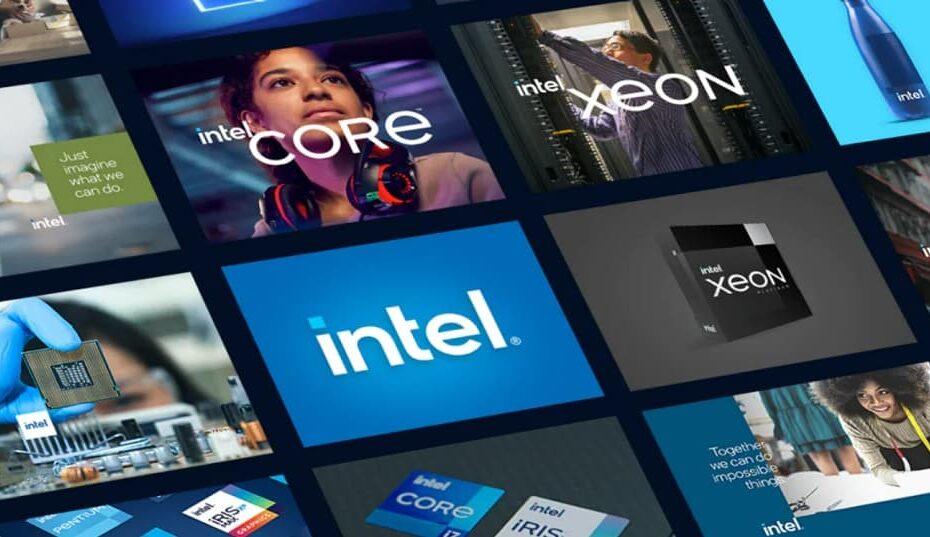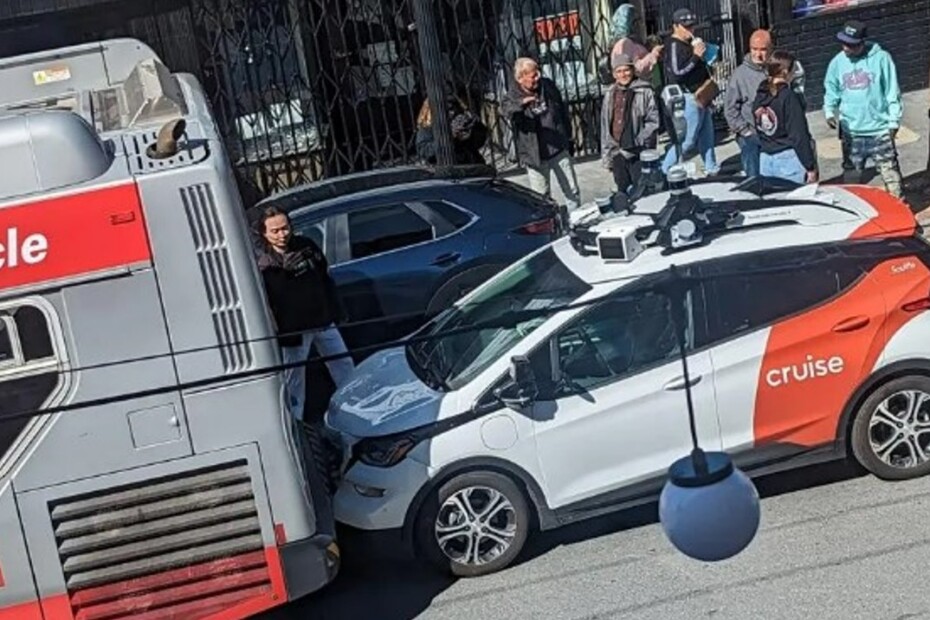Where Have All the Secretaries Gone?
By David Benjamin
What’s at stake:
Digital tools are wonderful things. They can do miracles — awesome things that ordinary humans cannot do. And yet, we all need to be reminded that the tool suffers as many limitations as the humans who wield it.
In this and other tech publications, I’ve learned that lidar is a sort of sensor that has advanced the promise of autonomous driving, because it can help read a vehicle’s surroundings and guide its safe passage down the road, past hail and sleet and leaping herds of deer.
The potential of lidars and radars and their bond with artificial intelligence, machine learning and other miracles of the digital revolution is intriguing. But it also stirs my reserves of skepticism. Since seeing my first Vegematic commercial on late-night Channel 8, I’ve been guided by the principle that no labor-saving device has ever lived up to its promos.
Read More »Where Have All the Secretaries Gone?









